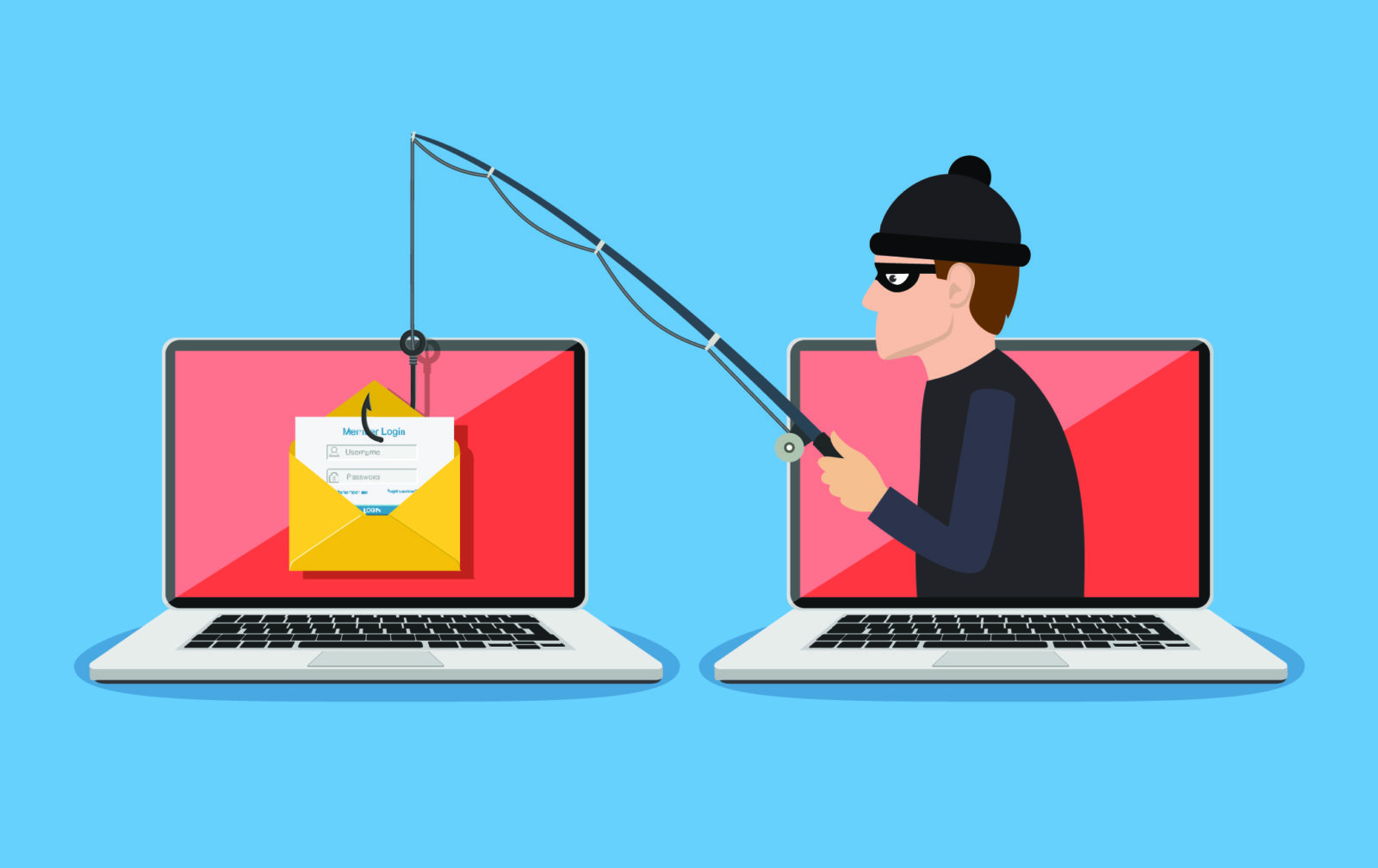Cyber attackers won’t target us. We’re too small.” Have you heard or said this before? Cyber criminals love this mindset. It often means your business isn’t properly protected. Cyber attackers target small businesses with weak security. They go after vulnerable organizations, knowing they are easy targets.
What is a Phishing Attack?
A phishing attack occurs when a hacker poses as a legitimate entity to steal private information. They trick the victim into clicking a link, transferring funds, or paying fake invoices. Once the hacker gains access, they can lock the company out of its systems. They may steal sensitive data, including customer banking details, credit card numbers, and passwords.
Other Forms of Cyber Attacks
-
Spear Phishing: Highly personalized emails target specific individuals. The hacker pretends to be a trusted entity, asking the victim to click a link or perform an action. This may lead to malware downloads.
-
Vishing (Voice Phishing): The hacker calls the victim, posing as a legitimate organization like your bank. They may use caller ID spoofing to appear trustworthy.
-
SMiShing (SMS Phishing): Cyber criminals send phishing messages via text.
-
Viruses: These spread through emails. They infect computers and steal sensitive data.
-
Ransomware: Hackers lock data and demand payment to release it. Phishing often leads to ransomware. Targets often include hospitals, law firms, and government offices.
How to Recognize a Cyber Attack
Look for these red flags to spot phishing attempts:
-
Too good to be true offers: If it sounds too good, it likely is.
-
Incorrect hyperlink destinations: Hover over links to check where they lead.
-
Urgency: Ignore emails pressuring you to act quickly. Reputable organizations don’t demand urgent action.
-
Unsolicited emails or attachments: Never open unexpected attachments. To check if it’s safe:
- Call the sender to confirm.
- In Gmail or Outlook, preview the attachment without downloading it.
Tips to Stay Safe Online
- Limit personal information online. Hackers use this to create convincing scams.
- Set up two-factor authentication.
- Be cautious and question anything unusual.
What to Do if You’ve Been the Victim of a Cyber Attack
- Gather all details, including photos, emails, and phone numbers.
- Report the incident to local police.
- Contact the Canadian Anti-Fraud Centre.
- Notify affected organizations, such as your bank, customers, or Service Canada.
Protect Yourself with Insurance Coverage
Think about your daily routine—using your phone or laptop. Technology plays a major role and it’s an essential part of life. Are your devices and data protected with Cyber Insurance? The NEW CyberSuite Program offers a fresh way to protect your business against the latest cyber threats. An attack can be quick and the losses can be major, affecting your reputation, bottom line and ability to complete daily activities.





